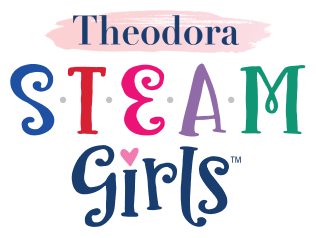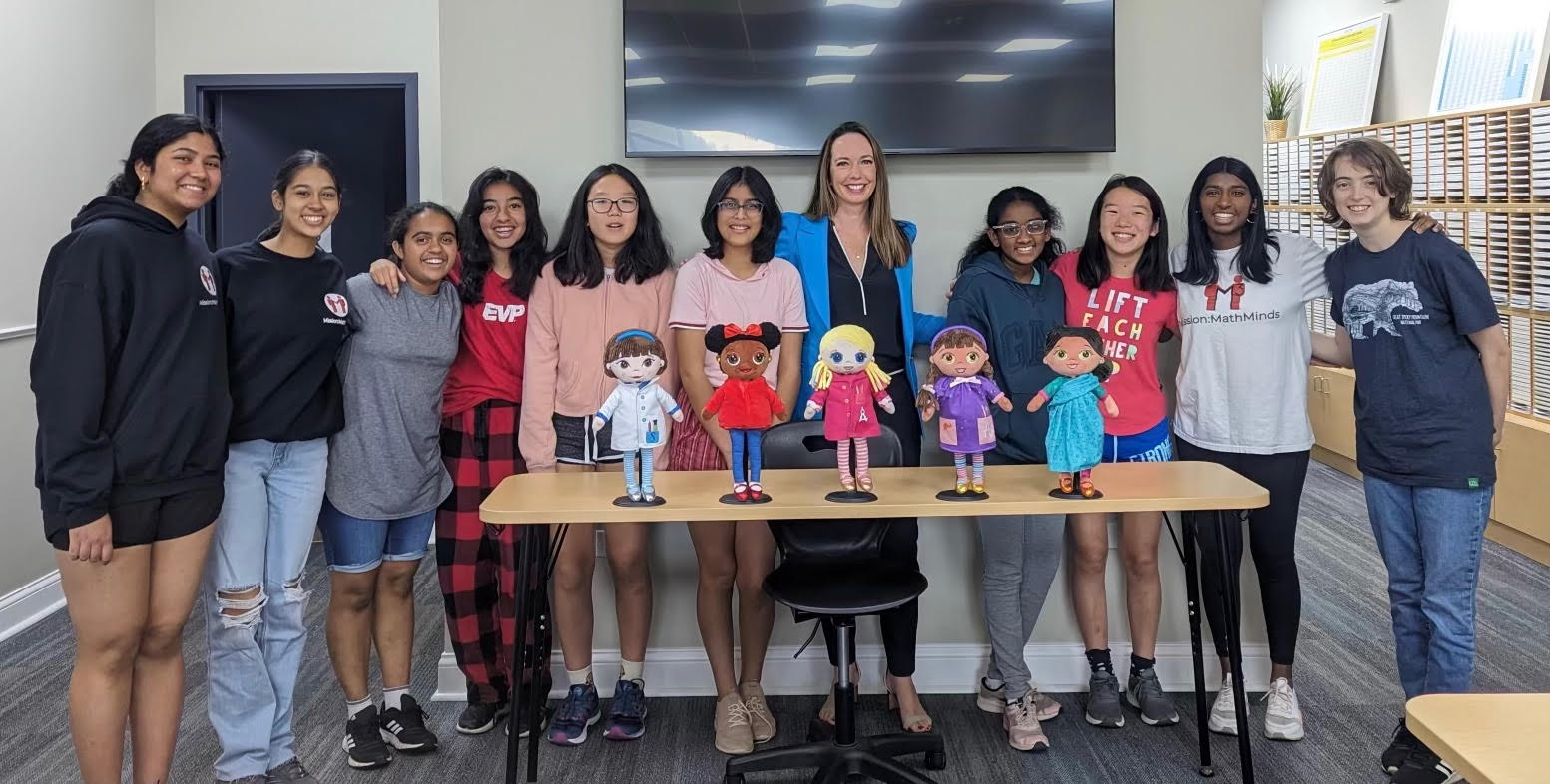Despite living in a rapidly advancing world, the gender gap in STEM (Science, Technology, Engineering, and Mathematics) fields remains a significant challenge. Young girls are not encouraged to love STEM, so many young and smart girls do not pursue their careers in STEM. Addressing this disparity begins with fostering an early love for STEM subjects. The seeds of curiosity and enthusiasm for science and math are first planted in the kindergarten classroom.
Early childhood education lays the foundation for a lifelong love of learning. Introducing STEM concepts at a young age enhances children’s cognitive development and critical thinking skills and problem-solving abilities. By instilling a natural curiosity for the world around them, kindergarten teachers can play a pivotal role in shaping students’ attitudes toward STEM disciplines.
The Role of Kindergarten Teachers in Shaping Attitudes toward STEM
Kindergarten teachers are at the forefront of a child’s educational journey, influencing their perceptions of various subjects. They have a unique opportunity to foster an inclusive and encouraging environment that nurtures both boys’ and girls’ interests in STEM. Through engaging and age-appropriate activities, teachers can ignite a passion for discovery and exploration, breaking down gender stereotypes and inspiring young minds to envision themselves as future scientists, engineers, and mathematicians.
The Power of Early Exposure
Introducing STEM concepts during the early formative years of childhood will have a profound and lasting impact on a child’s cognitive development. By implementing simple yet engaging STEM activities in kindergarten, teachers provide a firsthand experience of the wonder of science, technology, engineering, and mathematics. This exposure sparks curiosity and establishes a solid foundation for future learning.
Importance of Breaking Gender Stereotypes in STEM
Breaking gender stereotypes in STEM can significantly increase girls’ engagement and confidence in traditionally male-dominated fields. Teachers can empower girls by treating all students equally and showcasing diverse role models, such as engaging students in hands-on experiments. Highlighting the achievements of successful women in STEM provides tangible role models for young girls to aspire to. Kindergarten teachers can incorporate stories and examples of women who have contributed significantly to science, technology, engineering, and mathematics.
Fostering STEM Passion in Kindergarten: Strategies for Girls’ Early Exposure and Engagement
Making learning fun and engaging is crucial to get little girls involved in STEM. There are several options that teachers can utilize at the kindergarten level to ignite the passion for STEM in children.
A. Creating a STEM-Friendly Classroom Environment
Kindergarten teachers are crucial in creating a welcoming and inclusive classroom environment that fosters a love for STEM among students. By incorporating diverse role models in classroom decor, they can break gender stereotypes and inspire students to recognize the limitless possibilities in STEM fields. Additionally, by encouraging curiosity and questioning, teachers can foster a sense of wonder and excitement about the mysteries of science and mathematics, enhancing critical thinking skills and fostering a natural inclination to explore and question the world.
B. Incorporating STEM Concepts into Stories and Playtime
Storytelling and playtime offer rich opportunities to weave STEM concepts into the fabric of every day kindergarten experiences. Kindergarten teachers can leverage children’s literature that introduces basic scientific principles or mathematical concepts in an engaging and relatable manner.
Highlighting the achievements of successful women in STEM provides tangible role models for young girls to aspire to. Kindergarten teachers can incorporate stories and examples of women who have made significant contributions to science, technology, engineering, and mathematics.
Additionally, incorporating STEM themes into imaginative play scenarios encourages creativity and problem-solving. This section will explore ways to seamlessly integrate STEM into story circles, role-playing, and other play-based learning activities.
C. Hands-On Experiments and Projects
Hands-on experiments and projects serve as the gateway to sparking curiosity and fostering a love for STEM. Getting students to play with puzzles, Legos or blocks to learn basic concepts or having them do fun, hands-on experiments like shadow play, observing nature, or seed germination is a great way to get them excited about science, technology, engineering, and math and ignite a passion for exploration and discovery.
D. Utilizing Age-Appropriate Educational Games
Games are a powerful tool for making learning enjoyable for children. From interactive puzzles that introduce mathematical reasoning to games that encourage problem-solving and critical thinking, teachers can leverage technology and traditional game formats to make STEM education fun and accessible.
Moreover, we can’t overlook the importance of doll play in leveraging STEM for little girls. Educational dolls like Theodora STEAM Girls can spark the love of science, technology, engineering and math during early formative years. Teachers can utilize these dolls as role models in their specific fields to encourage little girls to move ahead with a passion for science and technology.
By incorporating interactive doll play, teachers can harness the power of imaginative play to instil a love for STEM and STEAM subjects in young minds while providing relatable role models for aspiring scientists, engineers, artists, technologists, and mathematicians.
To Sum Up
In the kindergarten classroom, teachers hold the key to unlocking a world of possibilities for young minds, especially when it comes to fostering a love for STEM in girls. By prioritizing early exposure to STEM concepts, breaking gender stereotypes, and creating a welcoming and inclusive environment, educators become architects of a future where both boys and girls envision themselves as scientists, engineers, artists, technologists, and mathematicians.
The power of hands-on experiments, interactive games, and the introduction of educational dolls like Theodora STEAM Girls cannot be overstated. These tools make STEM fun and engaging and serve as tangible role models, showing young girls that the world of science and technology is where they belong.




